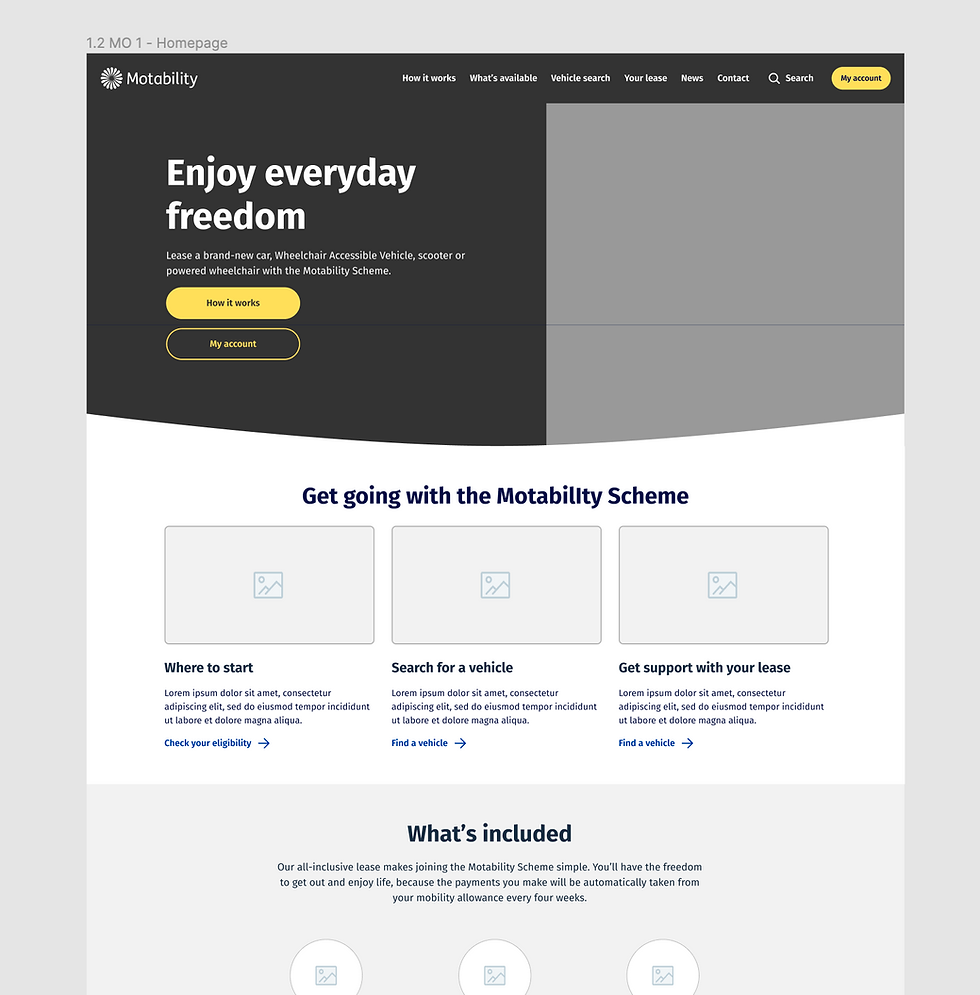Redefining Sheets: A Retrospective on the Formula God.ai Website Branding, Design, and Launch
- Liam Charlton
- Apr 8, 2023
- 3 min read
In the dynamic world of AI SaaS, the Formula God.ai website redesign project presented an exciting opportunity to create a brand that stood out in a highly competitive market. In this retrospective, we delve into the successes, learnings, and key insights gained from the Formula God.ai branding, design, and launch. Join us as we explore the journey of developing a tongue-in-cheek, innovative product that captivated stakeholders, users, and potential investors.

Successes that Ignited the Journey
The Formula God.ai project was marked by several notable successes. One significant achievement was the freedom of full scope, which included naming the product. Through multiple iterations, the team landed on the tongue-in-cheek and bold name "Formula God." This name resonated instantly with stakeholders and users during rapid validation testing, capturing the essence of the product's unique value proposition.
Developing a strong value proposition was another success that required deep understanding of the target audience and the competitive AI SaaS market. The team meticulously extracted the value of FormulaGod.ai and presented it in a way that catered to a broad spectrum of users with varying levels of competence. This user-centric approach ensured that the value proposition was easily and rapidly consumed.
The "fun" branding approach adopted for FormulaGod.ai provided the team with creative freedom. This approach allowed for a gamified user experience, leaving a lasting impression on potential customers. It also had the unexpected benefit of appealing to venture capital firms during the acquisition process, adding a new perspective to the project and creating a unique opportunity to showcase not only the product but also its business potential.

Learnings: Navigating Novelty and User Comprehension
Formula God.ai introduced a revolutionary concept for interacting with Google Sheets using natural language. However, the team discovered that users struggled to transition from learning about the concept on the website to actually using it. This insight led to an additional project focused on redeveloping the product's UX to ensure that users of any competence level could quickly grasp its value. This iterative process underscores the importance of user testing and continuous improvement, particularly when introducing groundbreaking concepts.
Tools and Techniques that Drove Success
Figma, once again, proved to be an invaluable tool for iterations, stakeholder collaboration, and effectively communicating new design concepts from inception to delivery. Keynote was utilised to present designs created in Figma, and from these keynote decks, voiceover videos were easily generated for seamless sharing and stakeholder engagement.
Areas for Improvement: Direction and Streamlining Efforts
The retrospective revealed areas that could benefit from improvement. With full scope and limitless possibilities, establishing clear direction during the early discovery phases proved challenging. More time dedicated to product usage and engaging with the founders and beta test users could have validated ideas earlier, expediting the alignment process.

Additionally, the process of obtaining high-quality GIFs posed a time-consuming hurdle. Although a pipeline was eventually established from Keynote to Premier Pro and then to GIFs, exporting high-quality GIFs required substantial effort. Exploring alternative formats, such as simple video, for high-quality visual assets in the future may prove more efficient.
Recommendations for Future Projects
The FormulaGod.ai project taught valuable lessons for future endeavours. Ironically, leveraging AI to expedite primary research and enhance understanding of the product's potential should have been implemented earlier in the process. AI can provide insights into ever-changing value propositions and market dynamics, empowering teams to make informed decisions and drive faster innovation.
Clarity in Pricing Models and Conversion Optimisation
The retrospective highlighted the need for further testing and research on the pricing model. While a tiered subscription/credits format showed promising uptake, the AI industry often adopts a credits-only model. Determining the optimal model for conversion, customer lifetime value, and retention requires careful consideration and ongoing analysis. Conducting thorough testing and research will maximize value for both customers and the business.

Navigating Potential Concerns
The use of the word "God" in the product title triggered discussions around potential offense to religious communities. After extensive research and conversations with individuals of different faiths, it became clear that avoiding references to religious ideologies or graphical symbolism ensured that no one would be offended.
Moving Forward: Continued Success and Progress
The FormulaGod.ai project has thus far been a resounding success, and the team continues to focus on enhancing the product's UI and UX. The retrospective serves as a guiding light for future initiatives, emphasising the importance of clear direction, user comprehension, and continuous improvement in the pursuit of innovative AI-driven solutions.
Conclusion
The Formula God.ai website branding, design, and launch retrospective showcase the power of innovative thinking and user-centric approaches in the AI SaaS realm. By embracing a tongue-in-cheek brand identity, understanding the target audience, and continually iterating based on user feedback, the team successfully created a captivating product experience. With user comprehension and further research as guiding principles, FormulaGod.ai is poised for continued success in the ever-evolving AI landscape.



